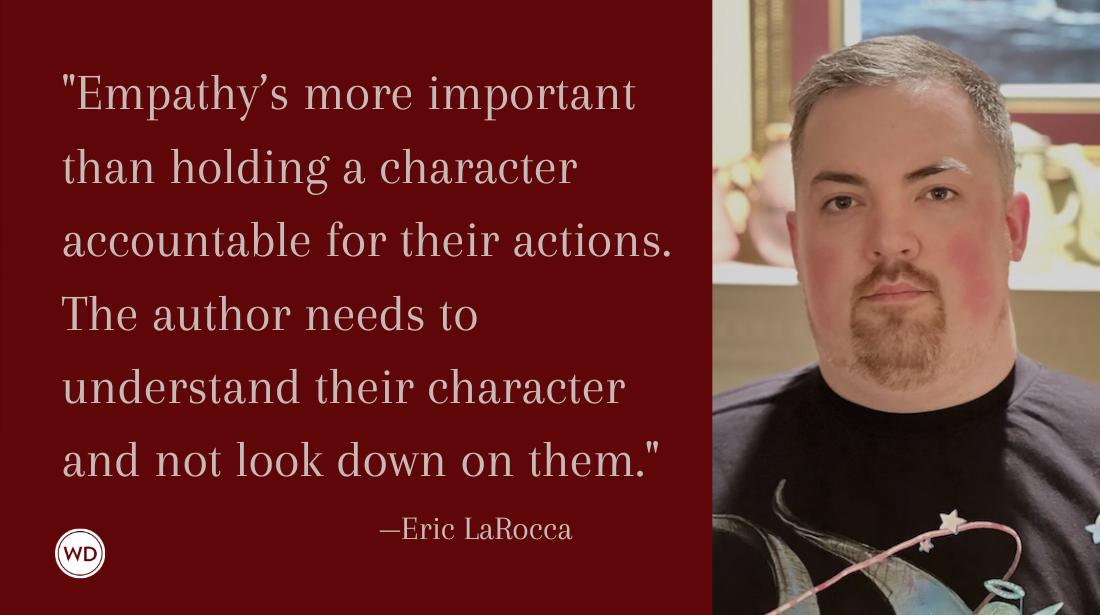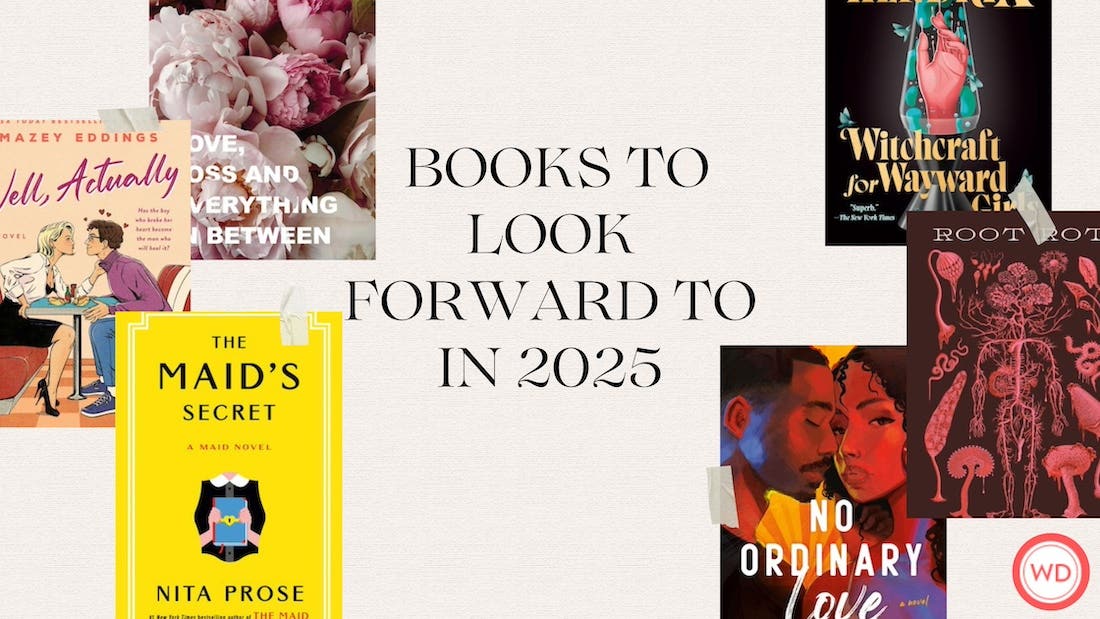Showing & Telling in Scenes & Dialogue
Today’s guest post is by Jim Adam. It is part of a series on storytelling and The Strengths of the Potter Series. Check out Jim’s book, Motherless. The rule “show,…
Today's guest post is by Jim Adam. It is part of a series on
storytelling and The
Strengths of the Potter Series. Check out Jim's
book, Motherless.
The
rule “show, don’t tell” is an example of extremist thinking. “Prefer
showing to telling” is much better as a writer’s guideline. Telling and
summary, like exposition and backstory, have their proper place in the
writer’s bag of tricks.
Replacing
an immersive scene with a brief summary can help to keep the pace of a
story up, something the Potter series clearly understands.
Consider
the opening of Book 2, Chamber of Secrets. The first paragraph of that
book is actually telling, rather than showing. It summarizes events:
"Not for the first time, an argument had broken out over breakfast at
number four, Privet Drive."
This grounds the reader in the
situation, rather than simply dropping us into the middle of a muddle.
If every scene opened with this sort of a summary, it would no doubt
begin to feel like a mannerism. But as a way of leading into a book, as a
way of transitioning between discontinuous events, or as a way of
avoiding reader confusion during a complex, surreal, or unintuitive
scene, summary and telling serve a useful purpose.
Still, one of
the great strengths of the Potter series is its power to pull readers
into this alternate universe. We are able to forget our mundane
existence and live within the pages of the books as we read. What makes
this possible is the immersive nature of scenes that show us events
taking place.
Rather than tell us that Harry’s summer has been an
oppressive one, Book 2 shows us the exact nature of the oppression. His
owl Hedwig has been locked in her cage, his school things locked in the
cupboard. We see the Dursleys’ irrational fear of Harry’s magical
ability, of his otherness, when he says, “You’ve forgotten the magic
word,” and Mr. Dursley interprets this as a threat.
By
experiencing a few exemplary moments of Harry’s tortured existence, we
understand and appreciate his situation better than if we’d been merely
told about it—even if (and perhaps especially if) the book had gone on
for several pages telling us about it.
Rowling also does a
wonderful job showing us the emotions that characters are feeling.
Rather than being satisfied with, “Harry was afraid,” or with a cliche
like, “Harry trembled with fear,” she finds unfamiliar ways to convey
the emotional state of characters. Fingers tingle and ears stop hearing
the roaring crowd until—with golden egg in hand—the volume gets turned
back up. As a result, readers are better able to empathize with the
characters.
Showing and Telling in Dialogue
At the
beginning of Book 2, some information comes out dynamically via
dialogue. However, the story does this in a way that isn’t distracting
to the reader. Book 2 first tells us that Mr. Dursley was awakened by
Hedwig’s hooting. Then we get Harry saying, “She’s bored. … If I could
just let her out at night—” As a result, readers learn that Hedwig is
kept locked in her cage.
Note that this mechanism could easily be
misused. Consider a rewrite of the opening to Book 2:
Harry walked to the kitchen table. “Mr. Dursley, I know
you don’t like me because I’m a wizard, and I’m sorry that my
snowy-white owl, Hedwig, woke you up this morning with her hooting, but
it isn’t right that you make me keep her locked in her cage all the
time.”
This is an example of characters
telling each other things they already know. The dialogue feels
artificial and mechanical because it is artificial and mechanical. A
character has become an expository device, and the result is
distracting.
As with many things in writing, the difference
between appropriate and inappropriate use of dialogue is subtle. The
Potter books are wonderful examples of appropriate dialogue. Characters
say things that make sense based on their personality and their
situation. Moreover, if a character reveals something via dialogue, such
as “If I could just let her out at night,” then the prose leaves that
bit of information alone. To do otherwise would be repetitive and might
even feel insulting to the reader.
Imagine,
for example, that Harry’s statement “If I could just let her out at
night” were followed by a bit of prose that said, “Mr. Dursley made
Harry keep his owl locked up all the time ...”
Similarly,
if a character has no cause to mention some bit of important
information (such as that Harry has been a student at Hogwarts for
exactly one year), then the story reveals that information either
through exposition, summary, or flashback, rather than by forcing a
character to include the information in dialogue, monologue, or silent
musing. While many successful novels include sequences of dialogue where
characters tell each other (or themselves) things they already know,
those books would be more enjoyable if they didn’t abuse their
characters in that manner.
Appropriate use of dialogue, along
with appropriate use of showing and telling, accentuate the immersive
quality of the Potter series.
Next in series: Stretching
the Tension
--
Writer's Digest is about to release the
first and only book specifically on showing & telling! Click
here to pre-order today.
- Click here for an excerpt, "The Purpose of Scenes"
- Click here for a Q&A with the author, Laurie Alberts
Looking
for more help on the craft of fiction? Check out our
Elements of Fiction series:
- Beginnings, Middles, and Ends by Nancy Kress
- Scene
& Structure by Jack Bickham - Description
by Monica Wood - Plot
by Ansen Dibell - Characters
& Viewpoint by Orson Scott Card - Conflict,
Action, and Suspense by William Noble
Jane Friedman is a full-time entrepreneur (since 2014) and has 20 years of experience in the publishing industry. She is the co-founder of The Hot Sheet, the essential publishing industry newsletter for authors, and is the former publisher of Writer’s Digest. In addition to being a columnist with Publishers Weekly and a professor with The Great Courses, Jane maintains an award-winning blog for writers at JaneFriedman.com. Jane’s newest book is The Business of Being a Writer (University of Chicago Press, 2018).








